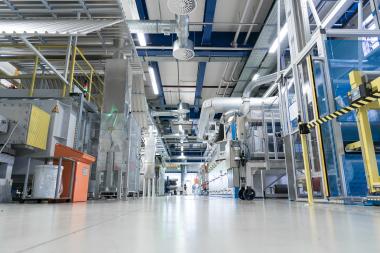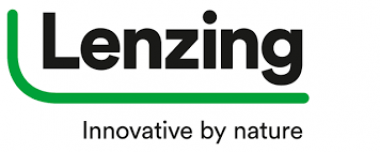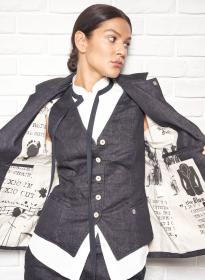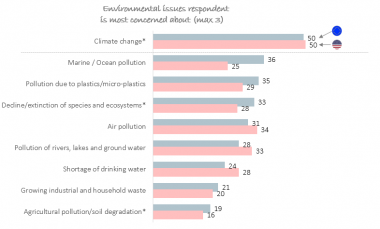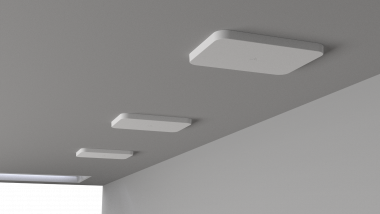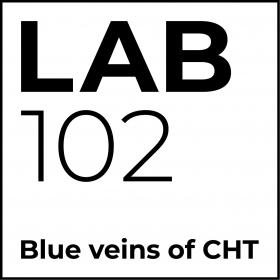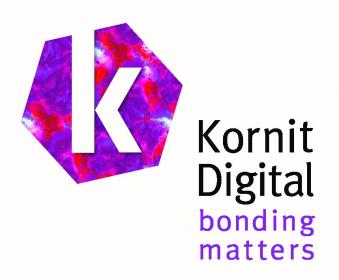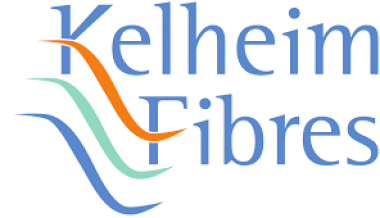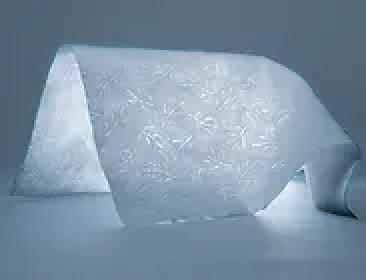Modekonzern PVH Europe setzt auf Softwareplattform von Contentstack
Contentstack, ein Anbieter von Content Experience Platforms (CXP), gibt bekannt, dass die gleichnamige CMS-Softwareplattform ab sofort die Basis für den Online-Auftritt der Modemarken des globalen Bekleidungskonzerns PVH Europe ist. Contentstack wurde im Rahmen einer digitalen Transformationsinitiative ausgewählt und wird ab sofort Benutzern der Oberfläche moderne Omnichannel-Erlebnisse über eine MACH-basierte Lösung bieten. PVH Europe beherbergt unter anderem den globalen Hauptsitz von Tommy Hilfiger und die europäischen Niederlassungen von Calvin Klein.
Die Plattform ermöglicht E-Commerce-Content-Spezialisten, Standortförderungs-, SEO/SEM-Experten und technischen Stakeholdern bei PVH Europe, die Zeit bis zur Markteinführung neuer digitale Inhalte entscheidend zu verkürzen. Dies resultiert in gesteigerten Umsätzen, während gleichzeitig konsistente Omnichannel-Interaktionen gewährleistet werden.
Nach einer gründlichen Marktanalyse im Rahmen von Content-Management-Systemen fiel die Wahl des Modekonzerns auf Contentstack. Hintergrund waren die Plattform-bedingten schnellen und zuverlässigen Arbeitsabläufe, die verkürzte Time-to-Market und flexible Bearbeitungsmöglichkeiten für digitale Inhalte. Die intuitive Benutzeroberfläche, die Möglichkeit, neue Länder mit reibungsloser Sprachlokalisierung hinzuzufügen, und das branchenführende Supportprogramm Care Without Compromise™ von Contentstack waren ebenfalls wichtige Faktoren.
Contentstack / PROFIL MARKETING OHG











